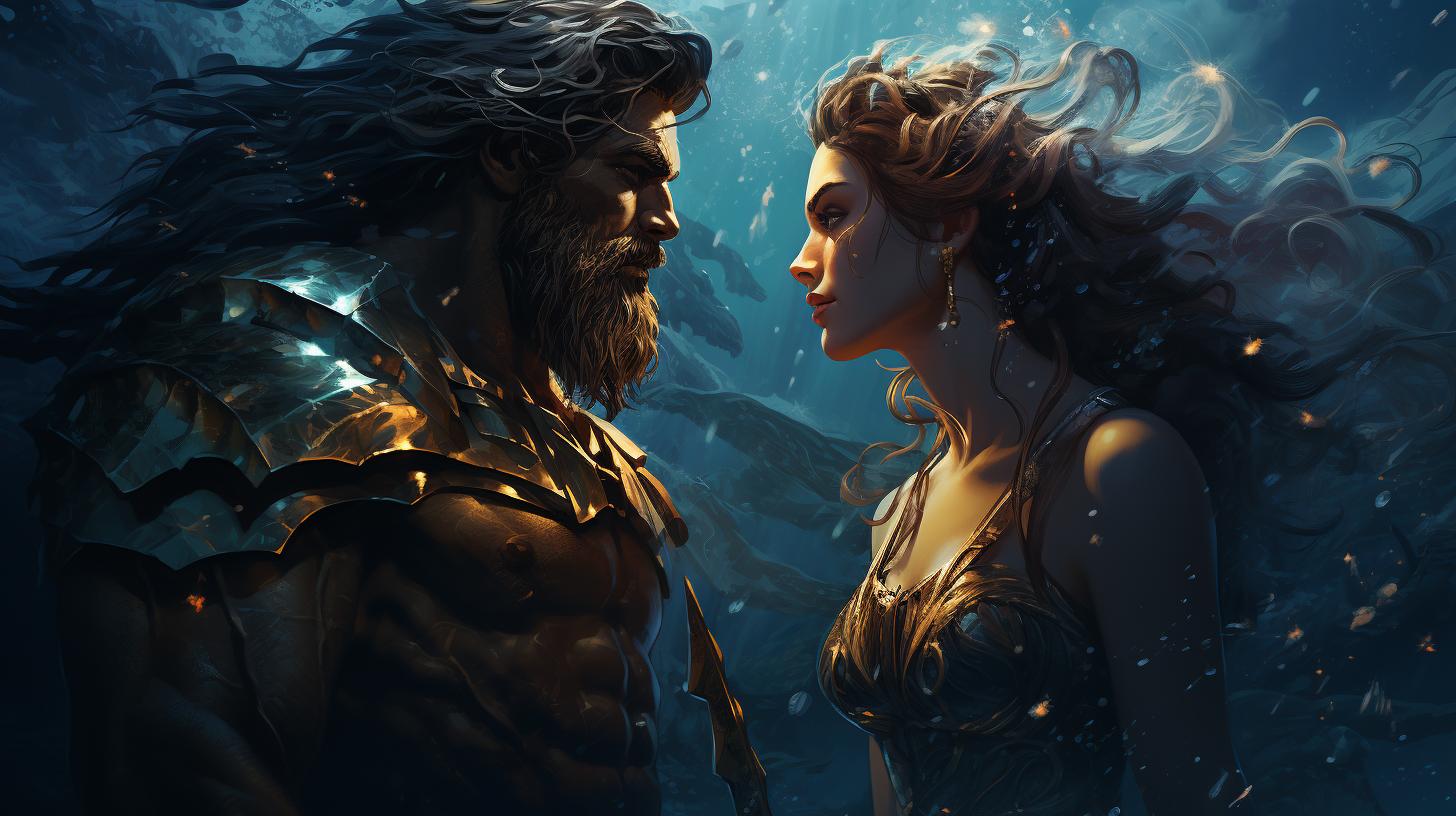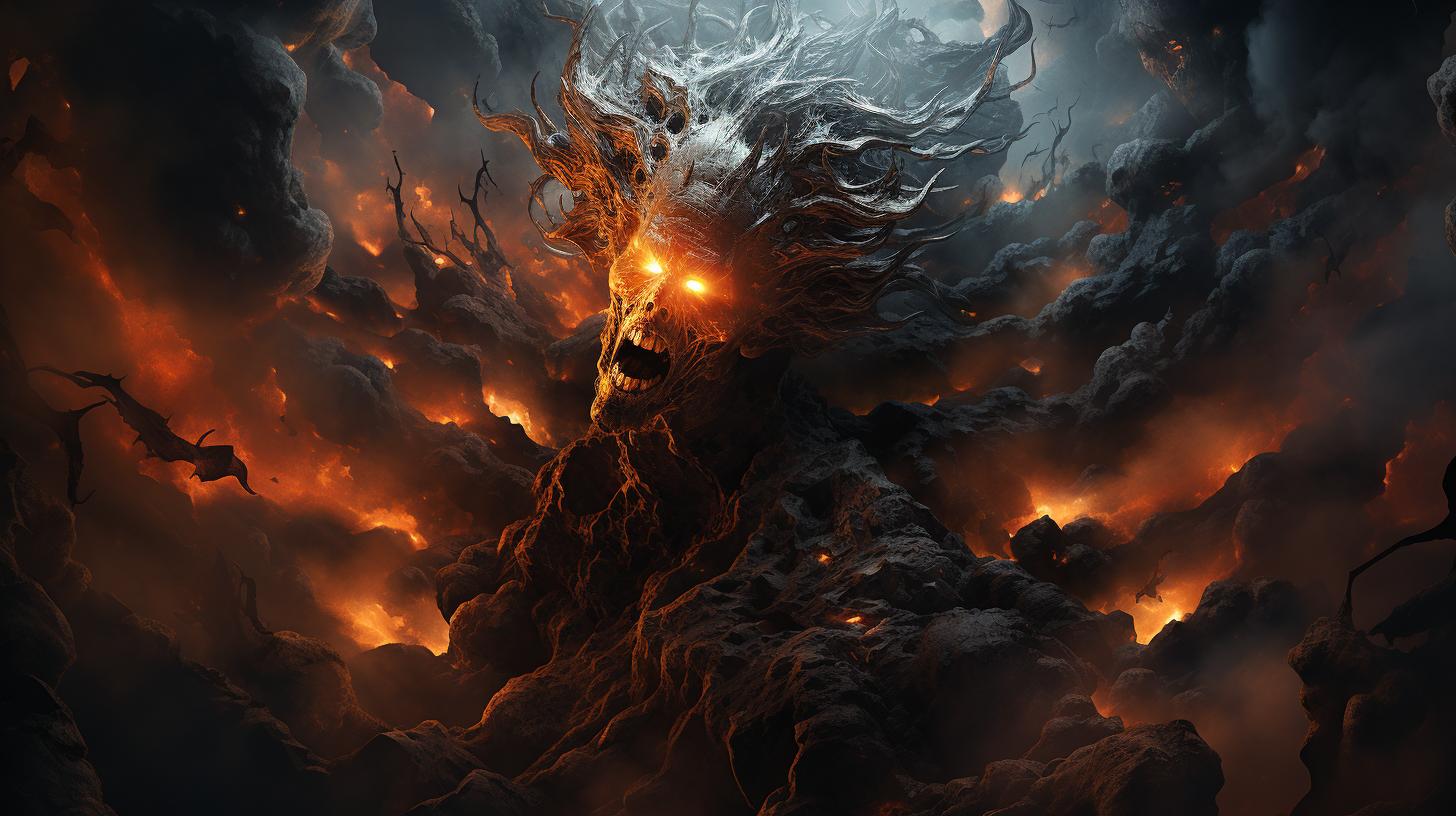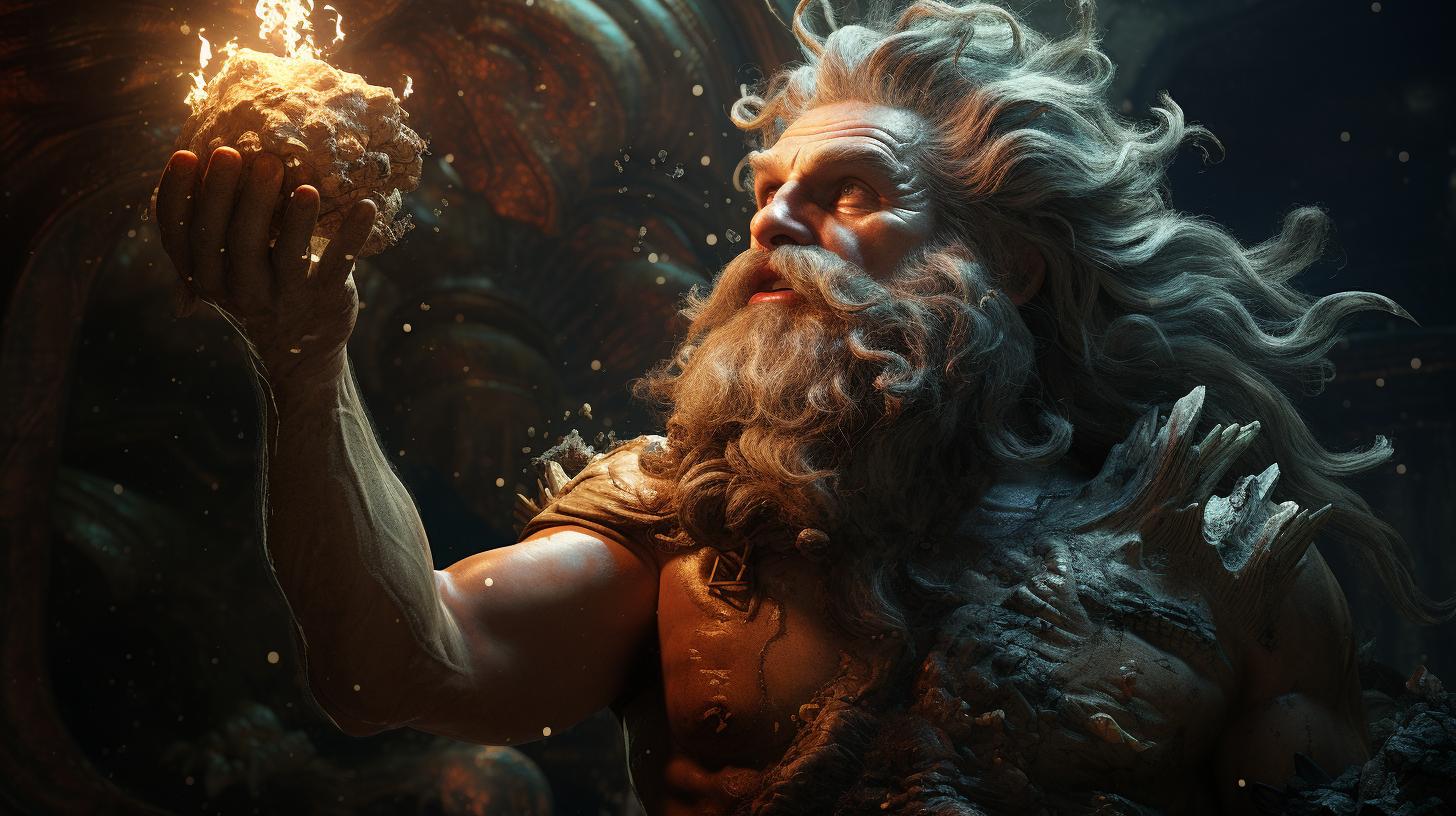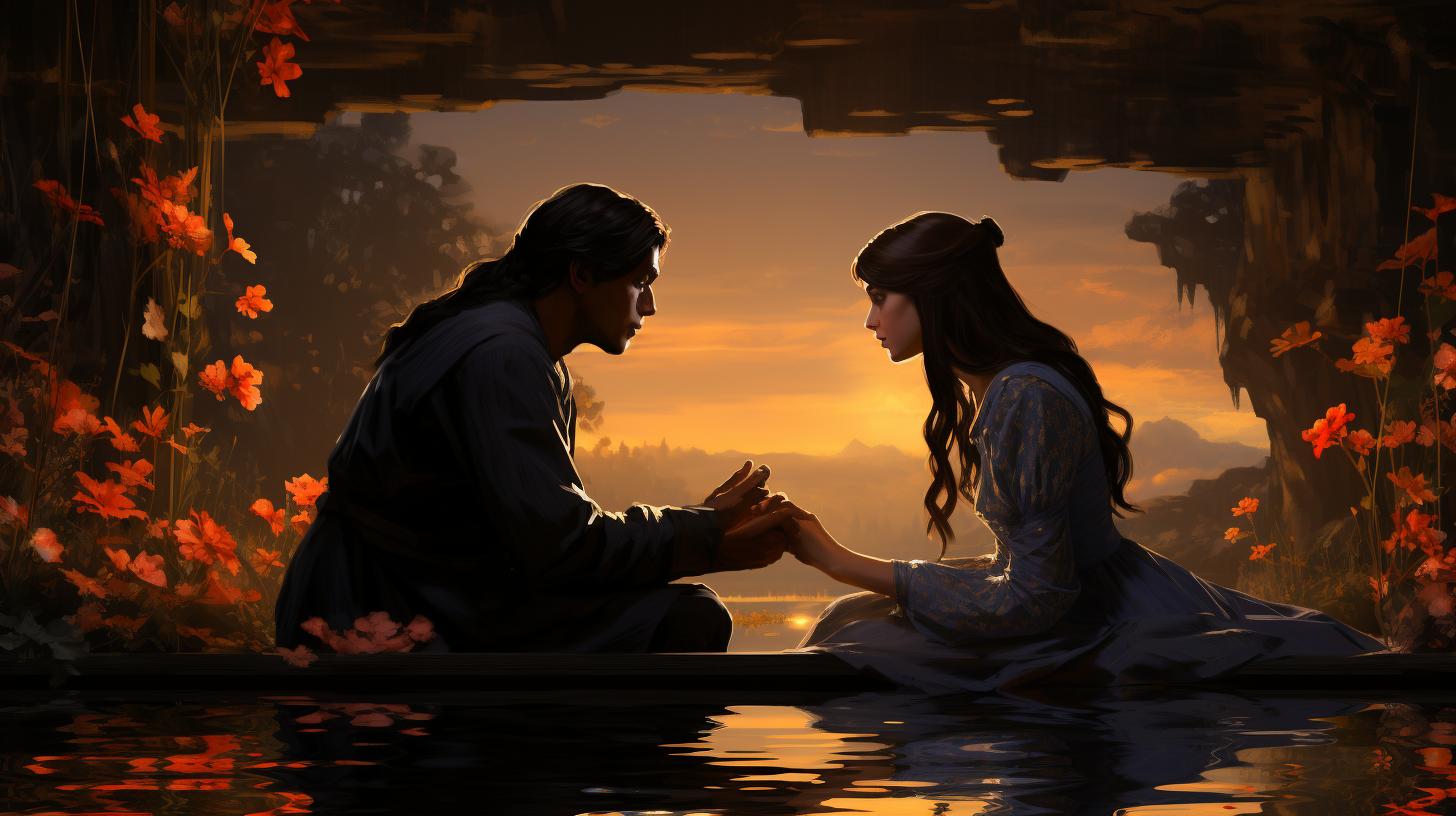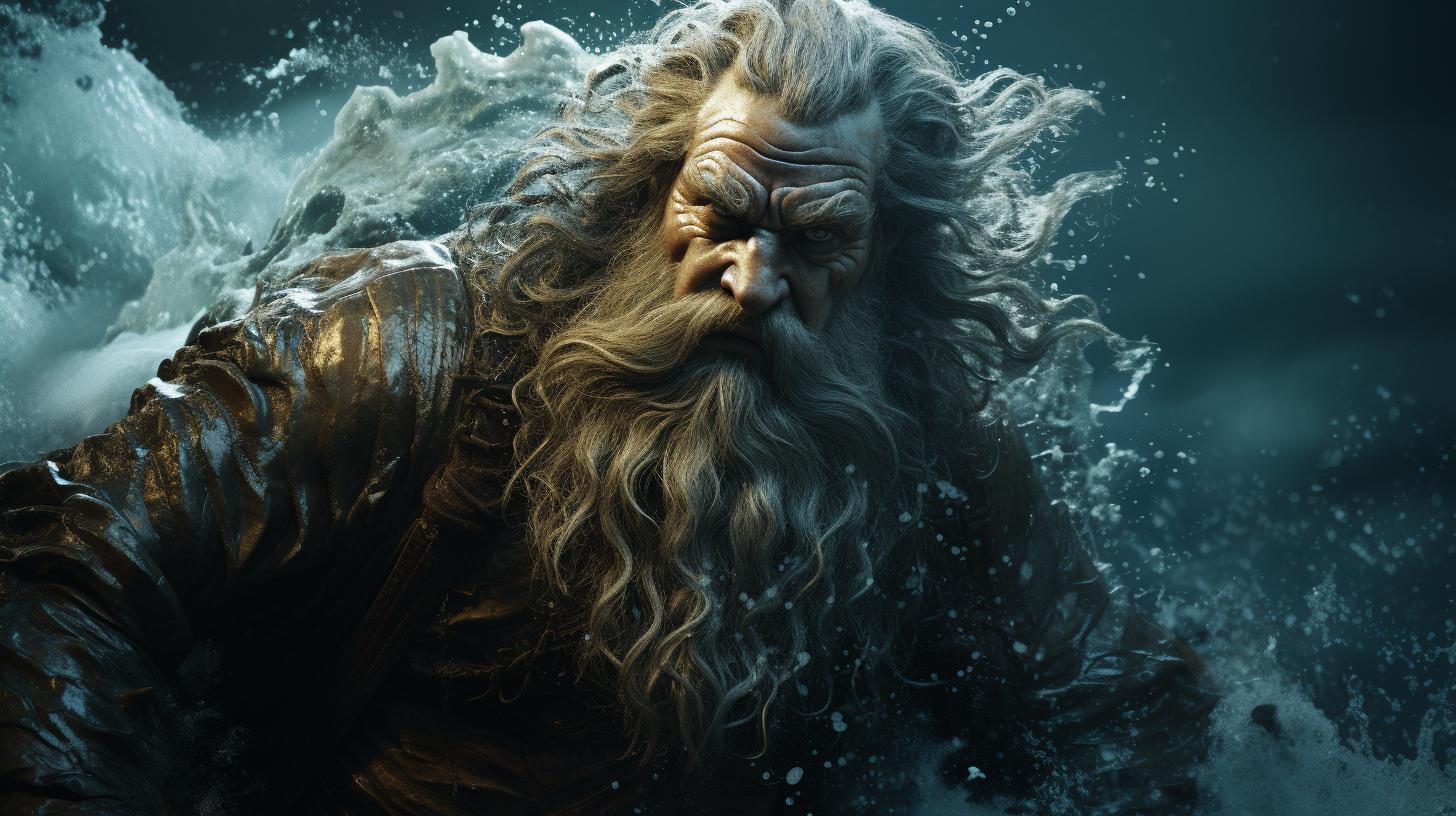Amphitrite: The Majestic Goddess of the Sea
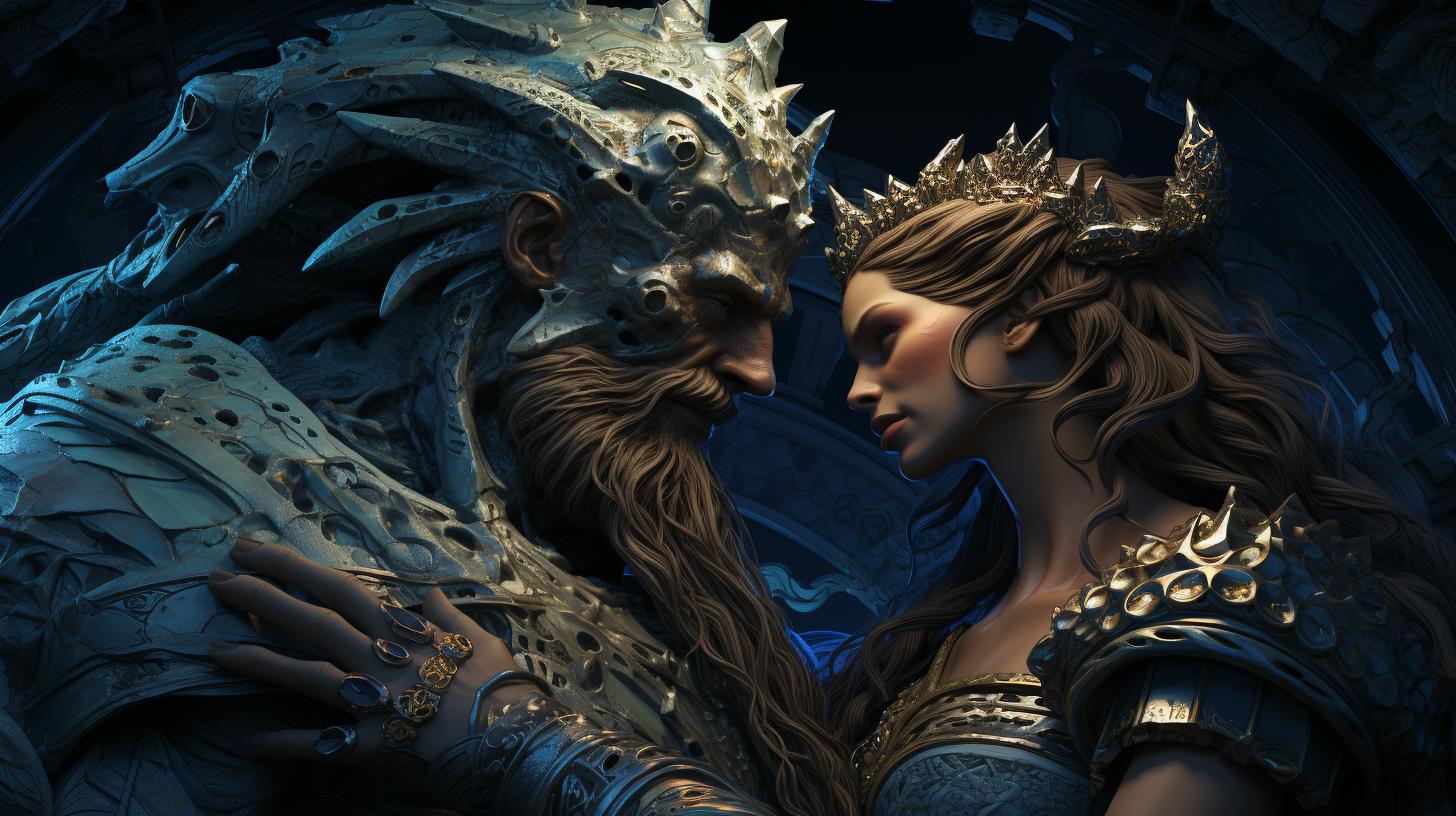
Amphitrite, the goddess of the sea in Greek mythology, is revered as the queen of the ocean. She is known as the wife of Poseidon and the mother of various sea creatures, including Triton and Rhode.
Depicted as a beautiful goddess, she is often seen beside Poseidon on a throne or driving a chariot pulled by sea horses. Adorned with crab claw ornaments and wielding a trident, Amphitrite’s name derives from her connection to the encompassing nature of the sea.
Despite her waning influence over time, Amphitrite’s legacy endures through the naming of ships and artistic representations.
The Origins of Amphitrite in Greek Mythology
Amphitrite, the goddess of the sea in Greek mythology, has a fascinating origin story that connects her to various mythological figures. She is believed to be the daughter of Nereo and Doris, two ancient sea deities.
According to some versions, she is also considered the daughter of Oceanus and Tethys, two primordial Titans associated with the sea.
The Lineage of Amphitrite: Nereo and Doris
Nereo, also known as the Old Man of the Sea, and Doris, a sea nymph, were proud parents of several divine beings, including Amphitrite. Nereo, often depicted as an elder with the ability to shape-shift, ruled over the Mediterranean Sea and its vast depths.
As for Doris, she personified the calm and beauty of sea waves.
Other Versions: Daughter of Oceanus and Tethys
In some accounts, Amphitrite’s parentage differs, claiming that she is the daughter of Oceanus and Tethys. Oceanus represented the world-ocean and was one of the first divine beings in Greek mythology.
Tethys, his sister and consort, personified the nourishing, life-giving aspects of the sea. These alternate versions showcase the fluidity and diverse nature of Greek mythology.
Amphitrite’s lineage as the daughter of Nereo and Doris, or Oceanus and Tethys, sets the foundation for her prominent role as the goddess of the sea.
Her origins intertwine with the vastness and mystique of the ocean, endowing her with a powerful presence and inherent connection to the watery realms.
Amphitrite’s Marriage to Poseidón and Family Life
Amphitrite, the goddess of the sea, had a complex relationship with Poseidón, the god of the sea.
At first, she rejected his marriage proposal and fled to Atlas. However, Poseidón was determined to win her back, and he sent a persuasive dolphin to convince her to return.
Amphitrite’s Initial Rejection of Poseidón
Amphitrite initially resisted Poseidón’s advances and refused to become his wife. This rejection led her to seek refuge with Atlas, the Titan god who held the heavens on his shoulders.
Amphitrite saw this as an opportunity to escape Poseidón’s pursuit and found solace in the company of Atlas.
The Persuasion of the Dolphin
Poseidón, unwilling to give up on Amphitrite, dispatched a clever dolphin to bring her back. The dolphin, known for its intelligence and communication abilities, approached Amphitrite with the mission to convince her of Poseidón’s sincere love and commitment.
The dolphin utilized its charm and persuasive skills to plead Poseidón’s case, emphasizing his devotion and the life they could create together as king and queen of the sea. After much persuasion, Amphitrite reluctantly agreed to return and marry Poseidón.
Triton: Amphitrite’s Triton Son
As a result of their union, Amphitrite and Poseidón became parents to Tritón, a mighty triton. Tritón inherited his father’s powerful attributes and was often depicted as a merman with the upper body of a human male and the lower body of a fish.
Rhode and Other Children of Amphitrite
Besides Tritón, Amphitrite gave birth to other children, including Rhode. Rhode was a nymph associated with the island of Rhodes and was considered one of the many offspring of Amphitrite and Poseidón.
Amphitrite’s role as a mother extended to various sea creatures, as she was believed to be their progenitor. She held a special connection to seals and dolphins, viewing them as her own children and protecting them fiercely.
Ampithrite’s marriage to Poseidón and her family life were central to her role as a goddess of the sea. The union of these powerful deities resulted in the creation of a lineage that spanned both mortal and divine realms.
Depictions and Attributes of Amphitrite, the Sea Goddess
Amphitrite, the majestic goddess of the sea, is often depicted in various artworks in different forms, showcasing her beauty and power. She is often portrayed alongside Poseidon, seated on a grand throne that represents their rule over the vast waters.
This imagery symbolizes their dominion and authority over the realms they govern.
A Beautiful Goddess on a Throne or Chariot
Amphitrite, radiating grace and elegance, is shown sitting elegantly beside Poseidon, exuding an aura of regality as the queen of the sea. The grandeur of her presence is heightened as she overlooks the vastness of the ocean from her throne, commanding respect and admiration.
This depiction serves as a visual testament to her importance and significance in the realm of gods and goddesses.
Holding a Trident and Adorned with Crab Claws
Amphitrite, the wielder of the trident, is often depicted holding this powerful symbol of her authority. The trident represents her dominion over the sea and her ability to unleash and control its immense power.
Additionally, she is adorned with intricate ornaments in her hair, often in the shape of crab claws, adding a touch of marine symbolism to her divine appearance.
These representations of Amphitrite in art not only capture her physical beauty but also emphasize her connection to the sea and its creatures.
The usage of specific symbols like the trident and crab claws further reinforce her status as the goddess of the sea, bestowing her with a unique visual identity.
Amphitrite’s Role as a Mother of Sea Creatures
Amphitrite, as the goddess of the sea, holds a significant role as a mother to various sea creatures.
Through her union with Poseidon, Amphitrite is the proud mother of several remarkable offspring.
Seals and Dolphins: Children of Amphitrite
Among her renowned descendants are the playful and graceful seals and dolphins, whom Amphitrite holds dear to her heart. These creatures, born of her divine lineage, embody the essence of the sea, frolicking in its waters with unmatched agility.
The seals, known for their sleek bodies and endearing expressions, owe their existence to the nurturing embrace of Amphitrite. They navigate the ocean’s currents with ease, basking in the sun on rocky shores, delighting both humans and sea-dwellers alike.
Similarly, dolphins, adored for their intelligence and sociability, owe their vibrant existence to Amphitrite’s divine motherhood. They accompany seafarers with their playful antics, guiding ships through treacherous waters, and enchanting all who witness their acrobatic displays.
The Tale of Amphitrite’s Jealousy and Revenge
Amphitrite’s role as a mother, while primarily nurturing and protective, does not negate her complex emotions and capacity for jealousy. Legend has it that she once unleashed her wrath upon the beautiful nymph Scylla, transforming her into a monstrous creature with multiple heads and feet.
Fueled by her jealousy over Poseidon’s infatuation with Scylla, Amphitrite’s revenge serves as a cautionary tale of her fierce protectiveness and the consequences of crossing her path. The tormented Scylla stood as a constant reminder of the goddess’s ability to exact swift and formidable vengeance.
Such accounts portray Amphitrite not only as a loving mother but also as a formidable deity capable of defending her divine domain. Her actions remind all who encounter her of the power and range of emotions possessed by the goddess of the sea.
Amphitrite’s role as a mother to sea creatures showcases her influence in shaping the vibrant life within the ocean. Her descendants, the seals and dolphins, continue to thrive under her watchful eye.
Yet, amid her maternal instincts, Amphitrite’s capacity for jealousy and vengeance serves as a stark reminder of her multifaceted nature.
Amphitrite’s Diminished Influence and Modern Legacy
As time went on, the influence of Amphitrite as a goddess began to wane. While she was once revered as the queen of the sea, her significance diminished with the passing centuries.
The evolving beliefs and shifting cultural values led to a decline in her worship and acknowledgment.
The Waning Influence of Amphitrite as a Goddess
Amphitrite’s role as a prominent deity gradually faded away. With the rise of other gods and goddesses, her position in Greek mythology became less celebrated. The worship of Poseidon, her husband, gained more prominence, relegating Amphitrite to a secondary role in the pantheon.
Furthermore, societal changes and the rise of monotheistic religions contributed to the decline of her influence. As the focus shifted towards centralized religious structures, the goddess of the sea faded into obscurity, eventually becoming a lesser-known figure in contemporary belief systems.
Amphitrite’s Influence in Contemporary Culture
Although her stature as a goddess has diminished, Amphitrite’s legacy continues to resonate in various aspects of modern culture. She has left her mark on maritime traditions and is often referenced in naval customs.
- Ship Names: Amphitrite’s name has been immortalized in the maritime world. Numerous ships are named after her, paying homage to her association with the sea. This tradition symbolizes the enduring connection between seafaring and the goddess.
- Artistic Representations: Amphitrite’s captivating presence is captured in works of art, both classical and contemporary.
Paintings, sculptures, and even stamps feature her iconic image, showcasing her beauty and association with the ocean.
Amphitrite’s influence extends beyond the realms of mythology and art. She continues to inspire a sense of awe and awe in those who are captivated by the vastness and power of the sea.
Her name has become a symbol of the ocean’s majesty and allure, reminding us of its timeless and ever-changing nature.
.

